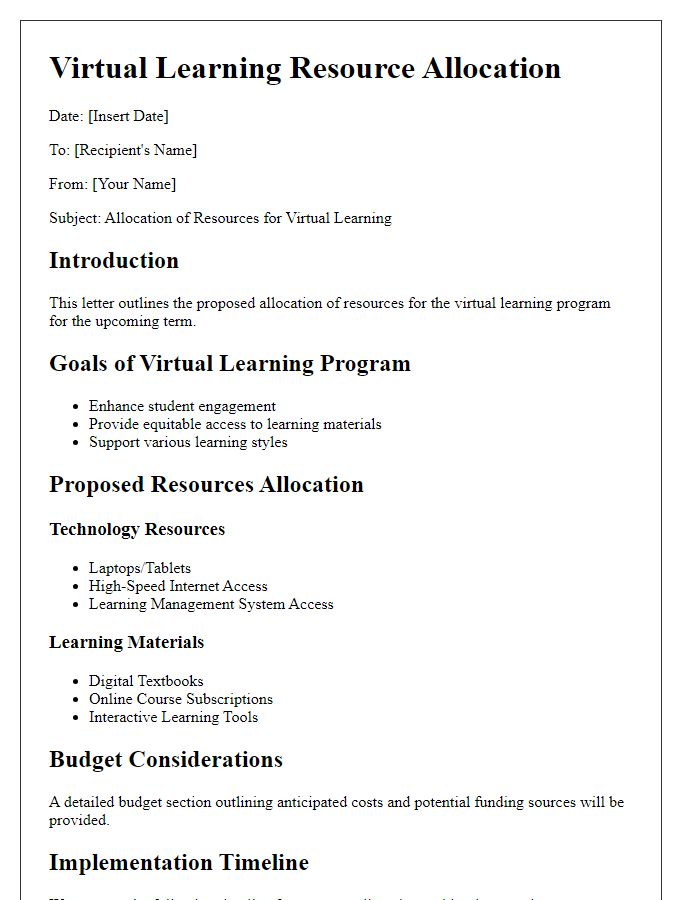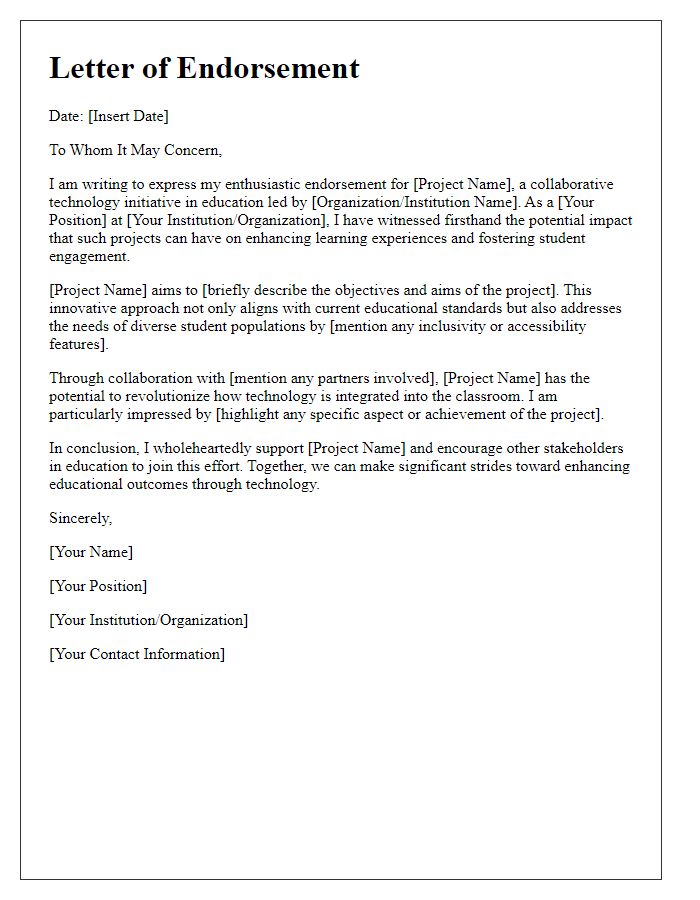In today's fast-paced digital world, upgrading technology in our schools has become more crucial than ever. It not only enhances educational experiences but also prepares our students for future challenges in a tech-driven society. Imagine a classroom where interactive tools and modern resources spark creativity and encourage collaboration among learners. Join me as we explore the exciting possibilities of a technology upgrade in our schools and how it can benefit our community.

Purpose and Importance of Upgrade
Upgrading school technology, particularly in K-12 institutions, serves a critical purpose in enhancing educational outcomes. Implementing advanced tools such as interactive whiteboards, state-of-the-art computers, and robust Wi-Fi networks fosters a dynamic learning environment. Research from the International Society for Technology in Education highlights increased student engagement and improved learning retention rates associated with the integration of modern technology. Additionally, equipping classrooms with virtual reality (VR) and augmented reality (AR) resources can enrich curriculum delivery by providing immersive experiences in subjects like science and history. The upgrade not only facilitates access to current information and resources but also prepares students for a technology-driven workforce, essential for careers in fields like information technology, artificial intelligence, and cybersecurity. Overall, embracing these enhancements is vital for fostering critical thinking skills, collaboration, and creativity among students, ensuring they are well-equipped for future challenges.
Current Technology Shortcomings
Current technology shortcomings in school settings significantly hinder the educational experience. Outdated hardware, including laptops and desktops (often over five years old), struggle with software compatibility, resulting in slow processing speeds and frequent crashes. Limited internet bandwidth (often below 50 Mbps for several hundred students) causes frustration during online classes and research assignments. Classroom projectors, frequently older models, lack high-definition capability, compromising the clarity of instructional materials. Furthermore, insufficient access to interactive tools, such as smartboards and educational software, restricts engagement and collaboration among students. Without adequate technology resources, the learning environment fails to meet the demands of modern education.
Benefits and Educational Outcomes
A technology upgrade in schools significantly enhances learning experiences and educational outcomes for students. Implementing advanced tools, such as interactive smartboards and high-speed internet access, fosters engaging classroom environments that cater to diverse learning styles. Students gain access to a wealth of online resources, including educational platforms like Khan Academy and Google Classroom, which support personalized learning--allowing them to progress at their own pace. By equipping classrooms with modern devices, such as Chromebooks or tablets, students develop essential digital literacy skills required in today's job market. Furthermore, teachers benefit from streamlined communication tools and management software, leading to more effective lesson planning and student assessments. Schools that invest in technological upgrades, like those seen in districts across California, demonstrate improved student motivation and higher academic achievement, as evidenced by increased standardized test scores and graduation rates.
Budget and Funding Requirements
A comprehensive technology upgrade in educational institutions necessitates a well-defined budget and clear funding requirements to enhance learning experiences. The proposed plan emphasizes the acquisition of classroom devices such as laptops, tablets, and interactive whiteboards, targeting a demographic of 1,200 students across three campus locations. Estimated costs for hardware alone reach $300,000, not including additional software licenses and training programs for educators, projected at an additional $50,000. Sustainable funding options include government grants, totaling $100,000, and potential partnerships with local businesses that could contribute another $75,000. To ensure ongoing support for infrastructure improvements (like high-speed internet access upgrades, projected at $25,000), a detailed financial strategy is crucial for securing the necessary investments over the next five years.
Implementation Timeline and Support Needed
The implementation of new technology upgrades in schools, such as interactive smartboards and high-speed Wi-Fi networks, requires a detailed timeline to ensure smooth execution and minimal disruption to educational activities. Key phases include preparation (August 2024), installation (September 2024), testing and adjustments (October 2024), followed by training sessions for teachers and staff (November 2024). Support needed encompasses financial resources, estimated at $50,000 for equipment and installation, alongside technical assistance from local IT specialists to facilitate the transition. Engagement with stakeholders, including parents and faculty, will be essential for feedback during the rollout process, ensuring that the new technology enhances the learning environment at locations such as Jefferson High School in Seattle, WA.













Comments